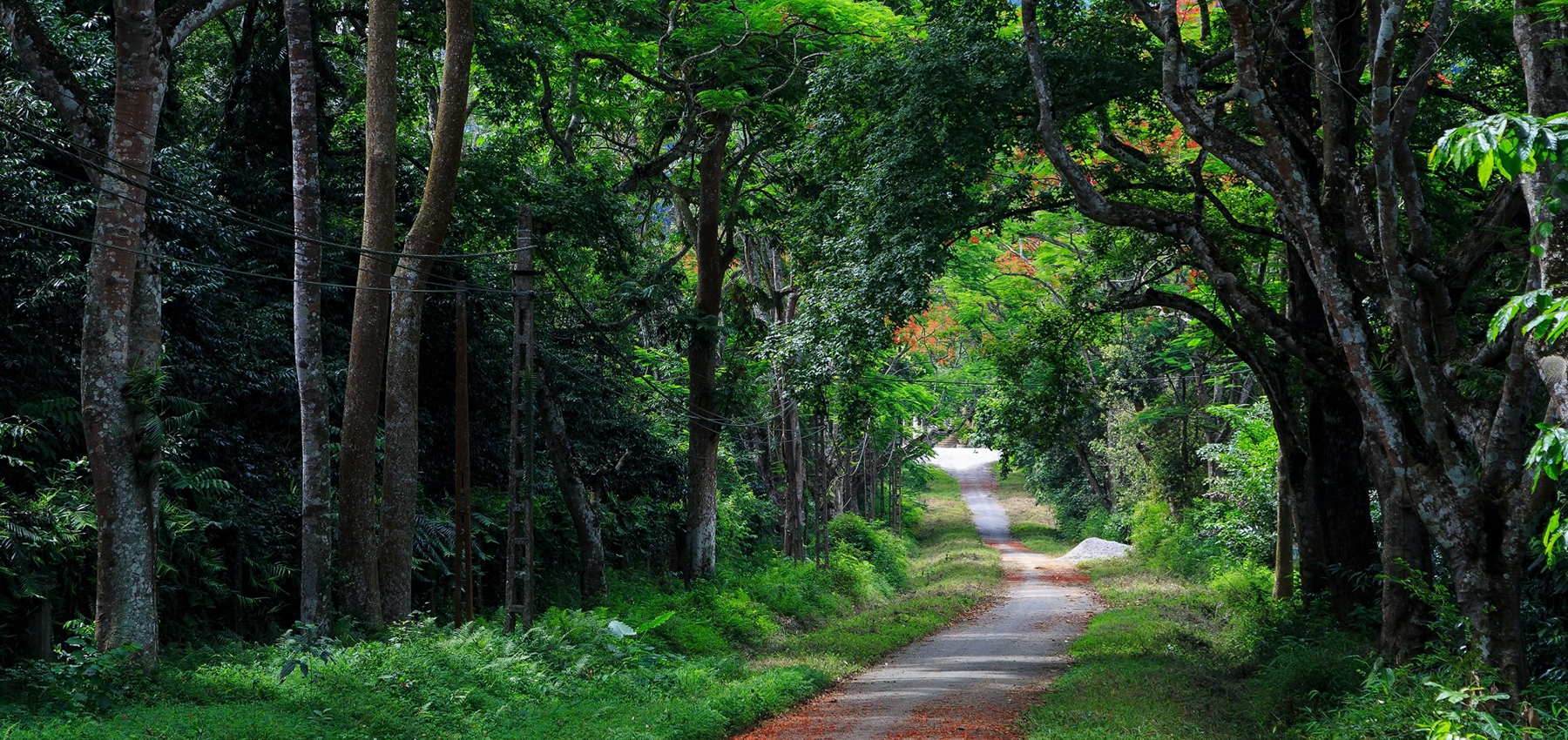

Tháng Mười 9, 2017• English, Learn About Vietnam's Primates
Drinking salt water is a unique typical trait in Cat Ba Langurs which differentiates them from other langur species. As their only natural inhabitat area now is Cat Ba island, it seems that these langurs have adapted to their surrounding environment and seek for some salt water just like the fishermen like their food salty.
The feature picture was beautifully and timely taken by Cat Ba Langur Conservation Project – the only on-site project on Cat Ba island now which specializes in Cat Ba langurs. They established a protected langur sanctuary inside Cat Ba National Park in 2002, and work closely with the rangers to guarantee the safety of these Vietnam endemic primates which are also one of the rarest primates on Earth.
Tháng Chín 15, 2017• English, Learn About Vietnam's Primates
Oh hi there! Sorry for the shocking content This is an sexual organ of a male Grey-Shanked Douc Langur (Pygathrix cinerea) in its “peak”. In EPRC, we usually joke that his clock likes to indicate at exact 12 o’clock.
FACT
It is interesting that douc langurs do not only have their sexual organs erected because of mating desire. Like this photo, it was taken when we started grouping 3 grey-shanked douc langurs and the male was pretty excited (non-sexually because he hadn’t seen the females at that time yet). They also “enlarge” their p*nis in front of an enemy because they want to appear bigger in order to scare away the enemy.
This photo was posted due to agreement with most of our audience on Facebook. So please don’t report us if you find this offensive ![]() Instead, feel honored because you have a chance to see such a beautiful anatomy
Instead, feel honored because you have a chance to see such a beautiful anatomy ![]()
Tháng Chín 10, 2017• English, Learn About Vietnam's Primates
It is truly a magic of nature when you see the orange heads of baby langurs popping out from their mothers’ black arms (in case of Hatinh langurs). All of these 5 infants were born at EPRC and now are grown-ups, healthy and strong – waiting for their possible release days in the future. The baby langurs may look alike, but if you look more closely, you will spot out some slight differences.
Tháng Chín 6, 2017• English, Learn About Vietnam's Primates
Sometimes with a quick look on photos or on a quick tour, you cannot know exactly what the differences between Bengal slow loris (or Northern slow loris) and Pygmy loris are. Today EPRC will help you to become an amateur expert on these lovely animals
Tháng Chín 2, 2017• English, Learn About Vietnam's Primates
Have you ever wondered how a gibbon develops? Then this infographic will show you clearly the changes along the years in gibbons development. The maximum lifespan of gibbons in the wild is 30-35 years. To those living in captivity, their age can go up 50 years but it goes with the price that they cannot enjoy the freedom in the woods.
Get to know more about the types of Gibbons at EPRC.

Established in 1993, EPRC is a not for profit project dedicated to the rescue, rehabilitation, breeding, research and conservation of Vietnam’s endangered and critically endangered primate species.
© Endangered Primate Rescue Center 2020
Website by MINIMUMMEANS